Dinner
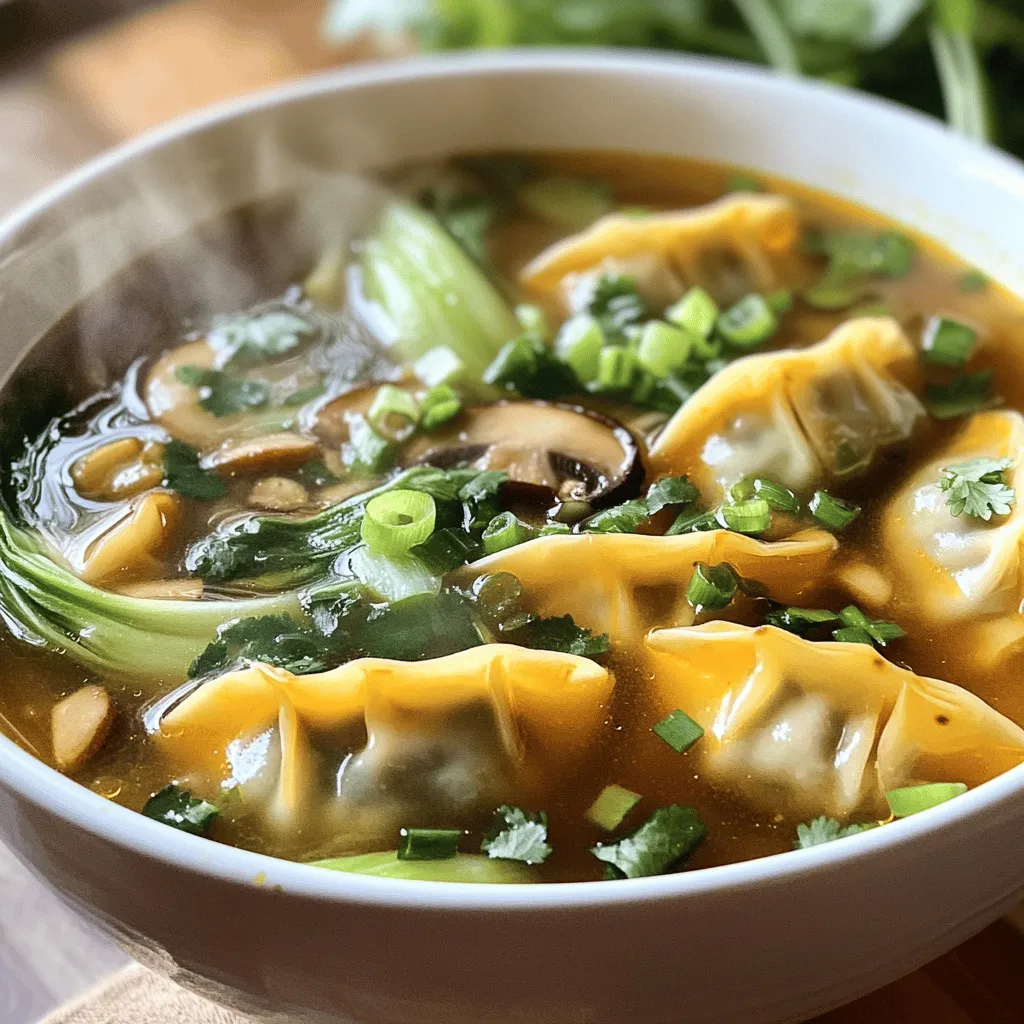
Potsticker Soup Recipe Savory and Simple Delight
Are you ready to enjoy a warm bowl of comfort? My Potsticker Soup Recipe combines savory flavors and simple steps to create a delightful meal
. {{image_2}} You can change the taste of your sweet potato gnocchi by adding herbs and spices. Try mixing in fresh basil or rosemary into the dough. These herbs give a nice aroma and flavor. You can also add a pinch of cinnamon or cayenne for a warm kick. Another fun option is to toss in some vegetables. Spinach or kale can bring a fresh touch. Just make sure to chop them finely and mix them well into the dough. This not only adds color but also boosts the nutrition of your dish. The right sauce can make your sweet potato gnocchi shine. A light olive oil and garlic sauce is a classic choice. Simply heat olive oil and sauté minced garlic until fragrant. Toss the cooked gnocchi in this sauce for a simple yet tasty meal. You can also try creamy sauces to enhance the sweet potato flavor. A creamy cheese sauce or a vegan cashew cream works well. Both options add richness to the dish. They also balance the sweetness of the gnocchi perfectly. For more detailed instructions, check out the [Full Recipe]. To keep your cooked gnocchi fresh, follow these steps: - Refrigeration: Place cooked gnocchi in an airtight container. It can last up to three days in the fridge. Ensure it cools down before sealing. This keeps moisture away and prevents sogginess. - Freezing: For longer storage, gnocchi freezes well. Spread the cooked gnocchi on a baking sheet in a single layer. Freeze until solid, then transfer to a freezer bag. This method prevents them from sticking together. They can stay frozen for up to three months. When it's time to enjoy your gnocchi again, use these methods: - Boiling: Bring water to a boil. Drop in the gnocchi for about one minute. This quickly warms them without losing texture. - Sautéing: Heat a skillet with a little olive oil. Add the gnocchi and sauté until golden. This gives a nice crispy edge. - With Sauces: If you want to revive your gnocchi with sauce, add them directly to your favorite sauce in a pan. Heat gently until warmed through. This method adds flavor while keeping them moist. By following these storage and reheating tips, you can enjoy your healthy sweet potato gnocchi at its best! For a complete guide, check out the Full Recipe. What are the health benefits of sweet potato gnocchi? Sweet potato gnocchi is nutritious. Sweet potatoes are high in fiber and vitamins. They support good digestion and boost your immune system. This dish also offers a lower glycemic index than regular pasta, which helps control blood sugar. Can I make gnocchi in advance? Yes, you can! Prepare the gnocchi and store them in the fridge for a day. Alternatively, freeze them for longer storage. Just ensure you dust them with flour to prevent sticking. How do you know when gnocchi is cooked? Gnocchi is cooked when it floats. Once it rises to the top of the boiling water, it's ready. This usually takes about 2-3 minutes. Can I substitute sweet potatoes with other vegetables? Yes, you can! Other root vegetables like butternut squash or pumpkin work well. Just remember to adjust the flour and cooking time as needed. What is the difference between traditional and sweet potato gnocchi? Traditional gnocchi uses regular potatoes. Sweet potato gnocchi has a different flavor and a slightly sweeter taste. It also adds a vibrant color to your plate. Is this recipe suitable for a gluten-free diet? You can make this recipe gluten-free. Substitute the whole wheat flour with a gluten-free blend or almond flour. Just ensure that the other ingredients are also gluten-free. Can I make this recipe vegan-friendly? Absolutely! For a vegan option, use a flax egg instead of a regular egg. This simple swap keeps the recipe plant-based while still being delicious. For the cheese, skip it or use a vegan alternative. For the full recipe, please refer to the complete instructions above. In this blog post, we explored how to make delicious sweet potato gnocchi. You learned about the ingredients, preparation steps, and tips for perfecting your dish. We also covered storage methods and variations for added flavor. Sweet potato gnocchi is versatile, healthy, and fun to make. You can easily customize it to suit your taste and dietary needs. With these steps, you can create a meal that satisfies and impresses. Enjoy making this dish and share it with friends and family!](https://grilledflavors.com/wp-content/uploads/2025/07/cbba0466-8f0b-4c96-b2e2-5420e22b7330.webp)
Healthy Sweet Potato Gnocchi Simple and Delicious Meal
Are you ready to elevate your dinner game with a healthier twist? This Healthy Sweet Potato Gnocchi is simple, delicious, and packed with flavor. Made
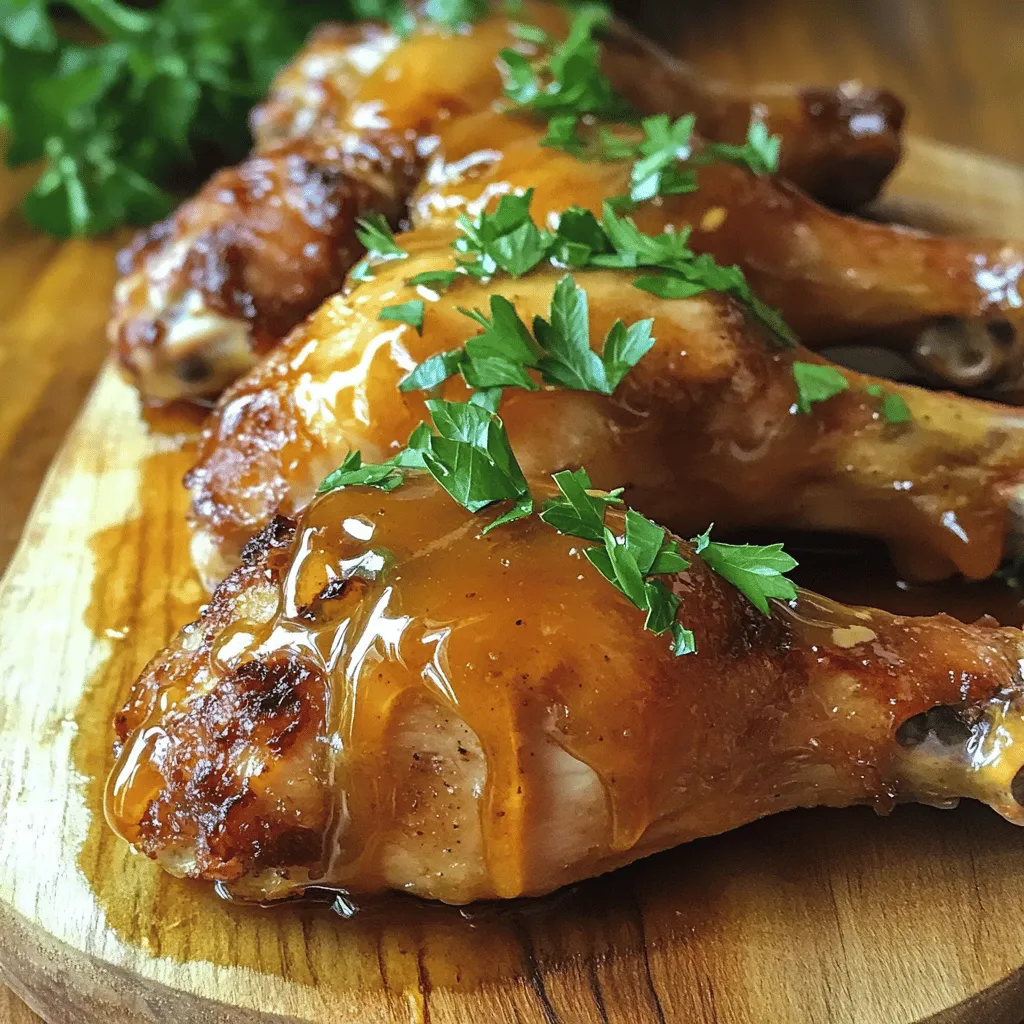
Apple Cider Glazed Chicken Simple and Flavorful Dish
Looking for a delicious meal that’s easy to make? Try my Apple Cider Glazed Chicken! This simple recipe combines juicy chicken with a sweet and
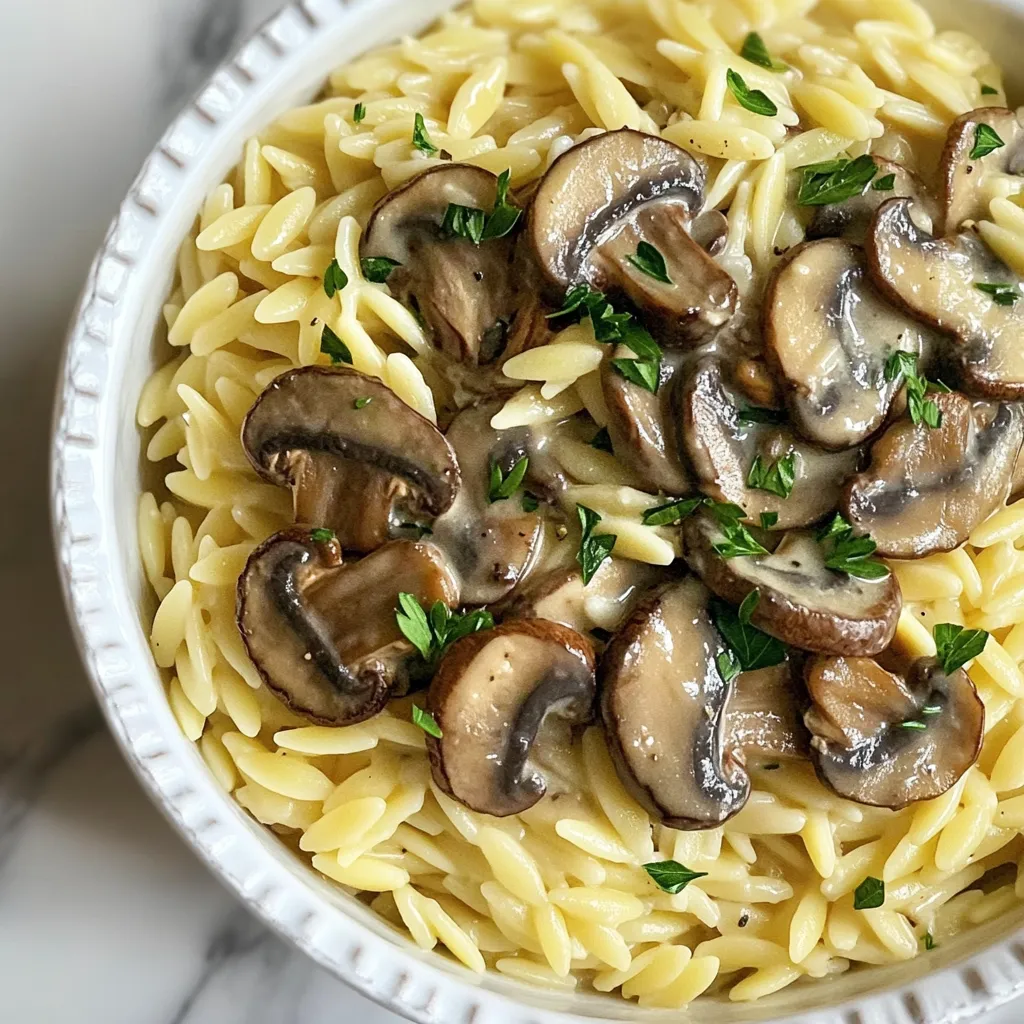
Creamy Mushroom Orzo Flavorful and Satisfying Dish
Are you ready to elevate your weeknight dinner with a cozy bowl of Creamy Mushroom Orzo? This dish combines rich, earthy flavors with a creamy
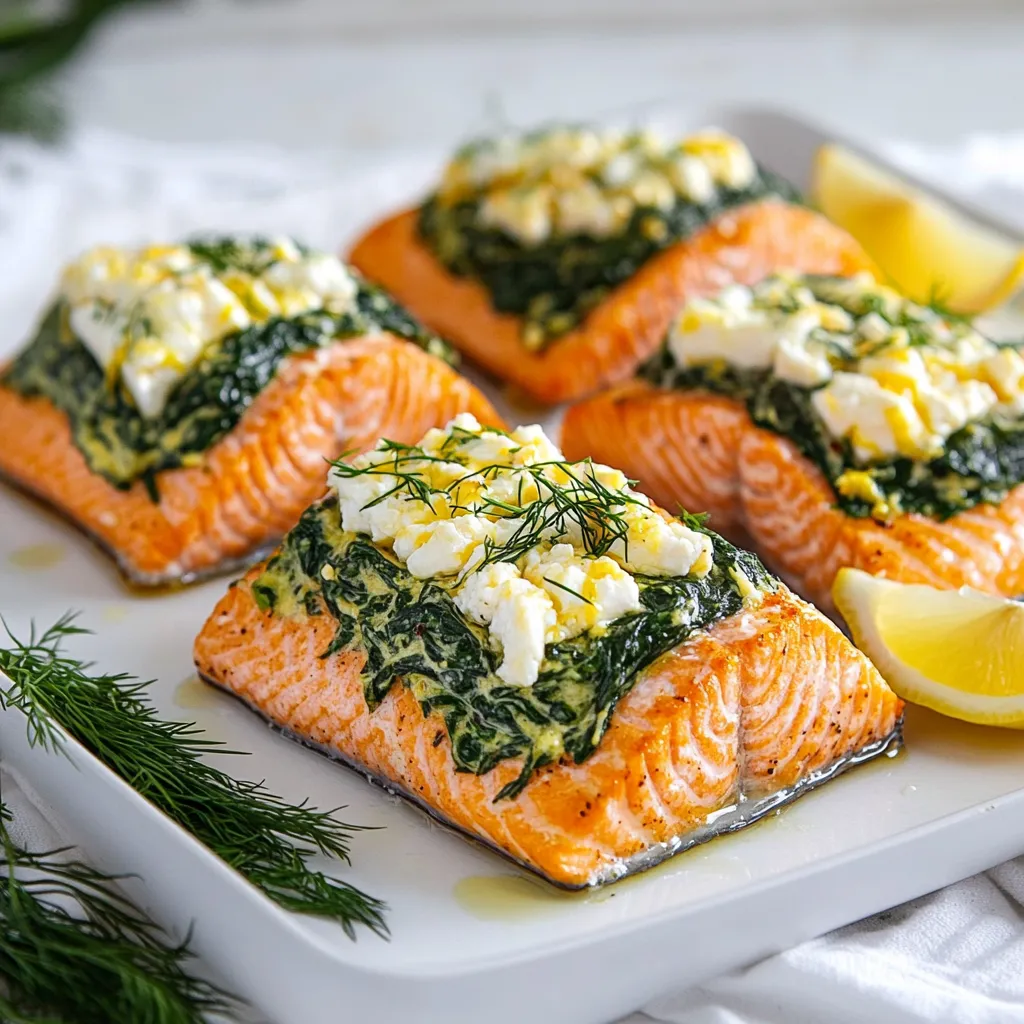
Spinach Feta Stuffed Salmon Flavorful and Healthy Dish
Looking for a dish that’s both tasty and healthy? Spinach Feta Stuffed Salmon is your answer! This recipe combines fresh spinach and creamy feta inside
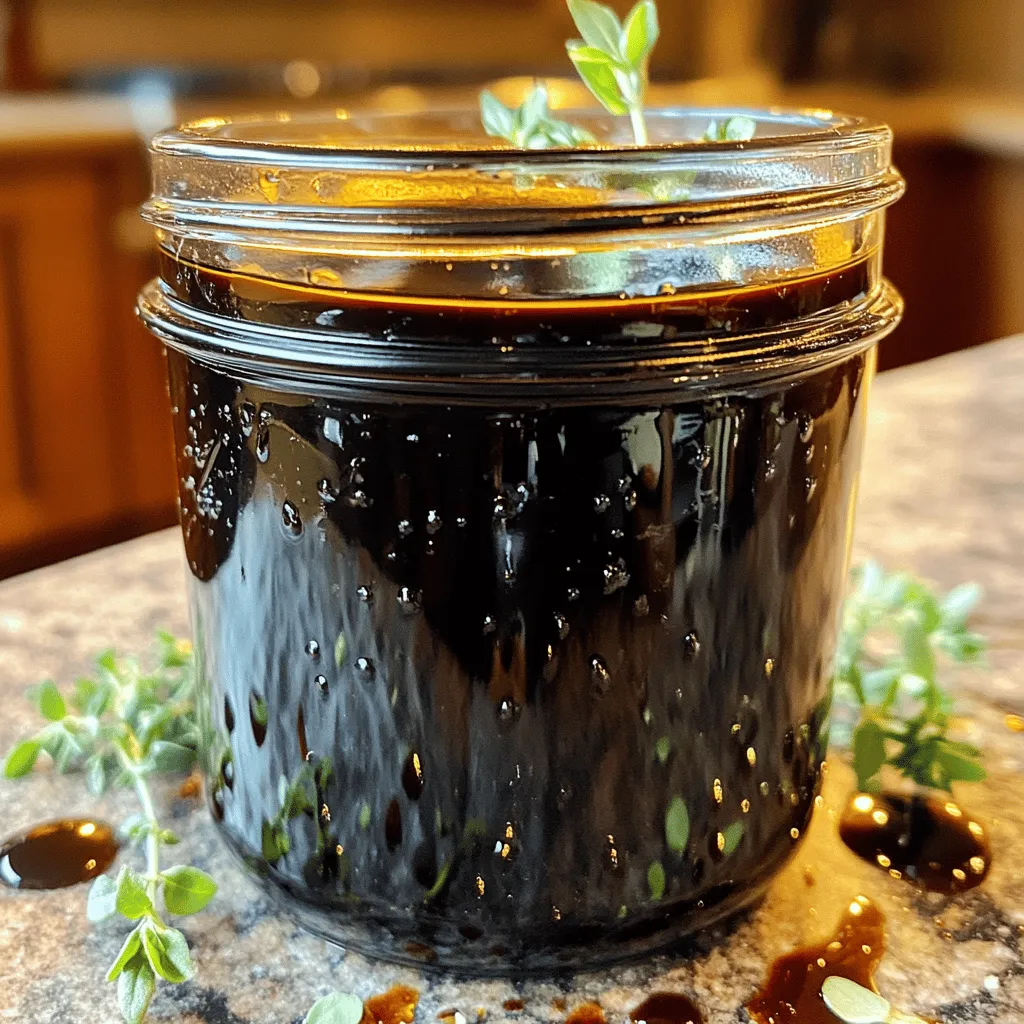
Homemade Balsamic Glaze Without Sugar Delightfully Simple
Are you ready to elevate your dishes with a delicious homemade balsamic glaze? This quick and easy recipe skips the sugar, letting the natural flavors

Bruschetta Chicken Pasta Flavorful and Easy Recipe
Are you ready to savor a dish that combines rich flavors with simple steps? My Bruschetta Chicken Pasta recipe brings together juicy chicken, fresh tomatoes,

Grilled Chicken Delight Simple and Flavorful Meal
Grilled chicken is a simple and tasty meal you can make at home. With the right marinade and cooking tips, you can turn ordinary chicken

Buffalo Chicken Cheesesteak Savory and Satisfying Meal
Are you ready to spice up your dinner? The Buffalo Chicken Cheesesteak is a great choice! With tender chicken slathered in zesty buffalo sauce, melty
![- 2 medium zucchinis, spiralized - 1 pound boneless, skinless chicken breasts, diced - 2 tablespoons olive oil - 3 cloves garlic, minced - 1 cup heavy cream (or coconut cream for dairy-free) - 1 cup grated Parmesan cheese - Salt and pepper to taste - 1 teaspoon Italian seasoning - Fresh parsley, chopped, for garnish This dish packs a great nutritional punch. Each serving contains approximately: - Calories: 400 - Protein: 30g - Carbohydrates: 10g - Dietary Fiber: 2g - Total Fat: 28g Zucchini noodles are low in carbs and high in vitamins. Chicken adds lean protein, while cream and cheese provide richness. You can easily swap ingredients to match your taste. Here are some ideas: - Use chicken thighs instead of breasts for more flavor. - Swap heavy cream with Greek yogurt for a lighter sauce. - Add spinach or mushrooms for extra veggies. - Use nutritional yeast in place of Parmesan for a vegan option. For the full recipe, check [Full Recipe]. Start by spiralizing the zucchinis. Use a spiralizer to make long, thin noodles. It takes just a few minutes. Once done, set the zucchini noodles aside. This will be your base for the dish. Next, heat two tablespoons of olive oil in a large skillet over medium heat. Add one pound of diced chicken. Season it with salt, pepper, and Italian seasoning. Cook the chicken for about 6-8 minutes. It should turn golden brown and be fully cooked. Once done, remove the chicken from the skillet and set it aside. In the same skillet, add three cloves of minced garlic. Sauté it for about one minute until you smell the great aroma. Then, pour in one cup of heavy cream. Stir it continuously and let it simmer gently. After that, gradually add one cup of grated Parmesan cheese. Stir until it melts and becomes creamy. Taste it and adjust the salt and pepper as needed. Now, return the cooked chicken to the skillet. Add the zucchini noodles to the mix. Toss everything together for about 2-3 minutes. You want the zucchini noodles to be tender but not mushy. This quick cooking keeps their fresh taste. For the complete method, check the Full Recipe. Serve the dish in large bowls. Drizzle extra sauce on top and sprinkle with more Parmesan and fresh parsley for a nice touch. Enjoy your meal! To make great zucchini noodles, start with firm zucchinis. Look for ones that feel heavy for their size. Use a spiralizer for even noodles. If you do not have one, a vegetable peeler works too. Cut the noodles thin for the best texture. After spiralizing, place the noodles on paper towels. This helps remove excess moisture. Too much water makes them soggy. For a rich sauce, use high-quality heavy cream. If you want a lighter option, try coconut cream. It gives a nice flavor too. Add minced garlic to the pan before the cream. This brings out a nice aroma. Once the cream is in, keep stirring. Gradually add Parmesan cheese. This helps it melt smoothly. If the sauce is too thick, add a splash of chicken broth. It keeps the sauce creamy without being heavy. Serve your Zucchini Noodle Chicken Alfredo in deep bowls. Drizzle extra sauce on top for a nice touch. A sprinkle of grated Parmesan adds flavor and looks great. Fresh parsley gives a pop of color. You can pair this dish with a light salad or crusty bread. It balances the meal and makes it feel complete. For more ideas, check out the Full Recipe for variations and tips. {{image_2}} You can make this dish dairy-free with a few simple swaps. Instead of heavy cream, use coconut cream. It gives a rich flavor and a creamy texture. For cheese, try nutritional yeast or a dairy-free cheese. Both add a cheesy taste without the dairy. This way, you still enjoy a creamy and tasty meal. Zucchini noodles are great, but you can add more veggies. Try adding spinach, bell peppers, or mushrooms. These add color and nutrients. Just sauté them in the skillet before mixing them with the chicken. It makes the dish more flavorful and vibrant. You can even add broccoli or carrots for extra crunch. If you want to change the protein, there are many options. You can use shrimp or tofu for a different taste. For a vegetarian option, use chickpeas. They are high in protein and very filling. Just remember to cook the protein well before mixing it with the other ingredients. This keeps the flavors balanced and delicious. For the full recipe, check out the Full Recipe section above. To store your Zucchini Noodle Chicken Alfredo, let it cool first. Use an airtight container. This keeps the dish fresh for up to three days in the fridge. When you want to eat it, just take it out and enjoy! Reheat leftovers on the stove for the best taste. Place the dish in a skillet over low heat. Stir gently until it warms up. You can add a splash of cream if it seems dry. Heat until it is hot but not boiling. You can freeze this dish, but I recommend not freezing the zucchini noodles. They will get mushy. Instead, freeze just the chicken and Alfredo sauce. Store them in separate containers. They will stay fresh for about two months. When ready to eat, thaw in the fridge overnight and reheat on the stove. Enjoy the flavors whenever you want! For the full recipe, check out the Creamy Zucchini Noodle Chicken Alfredo. Yes, you can use regular pasta. Just cook it as directed on the package. However, zucchini noodles add a fresh twist. They keep the dish lighter and lower in carbs. You can also try whole wheat pasta for a healthier option. To make this dish gluten-free, use gluten-free pasta or spiralized vegetables. Zucchini noodles are a great choice. Make sure your Parmesan is gluten-free too. Many brands offer gluten-free options. Check the label to be sure. You can serve this dish with a fresh salad. A simple mixed greens salad works well. Garlic bread is another fun side. If you want more veggies, steamed broccoli or asparagus are great choices. You can also sprinkle extra Parmesan on top for added flavor. For the full recipe, check out the recipe section above. In this post, I covered a tasty Zucchini Noodle Chicken Alfredo recipe. I shared the ingredients, step-by-step prep, and tips to keep it creamy. You can make swaps with proteins and veggies too. Store leftovers well to enjoy later. Remember, cooking doesn’t have to be hard. With this dish, you can impress your friends and family. Enjoy your meal and explore new flavors!](https://grilledflavors.com/wp-content/uploads/2025/07/09a4b77f-f6ac-4512-b0db-d09cb6c2bf5f.webp)
Zucchini Noodle Chicken Alfredo Quick and Creamy Dish
Looking for a quick, tasty meal? You’ll love this Zucchini Noodle Chicken Alfredo. It’s creamy, rich, and uses fresh zucchini to keep it light. I’ll